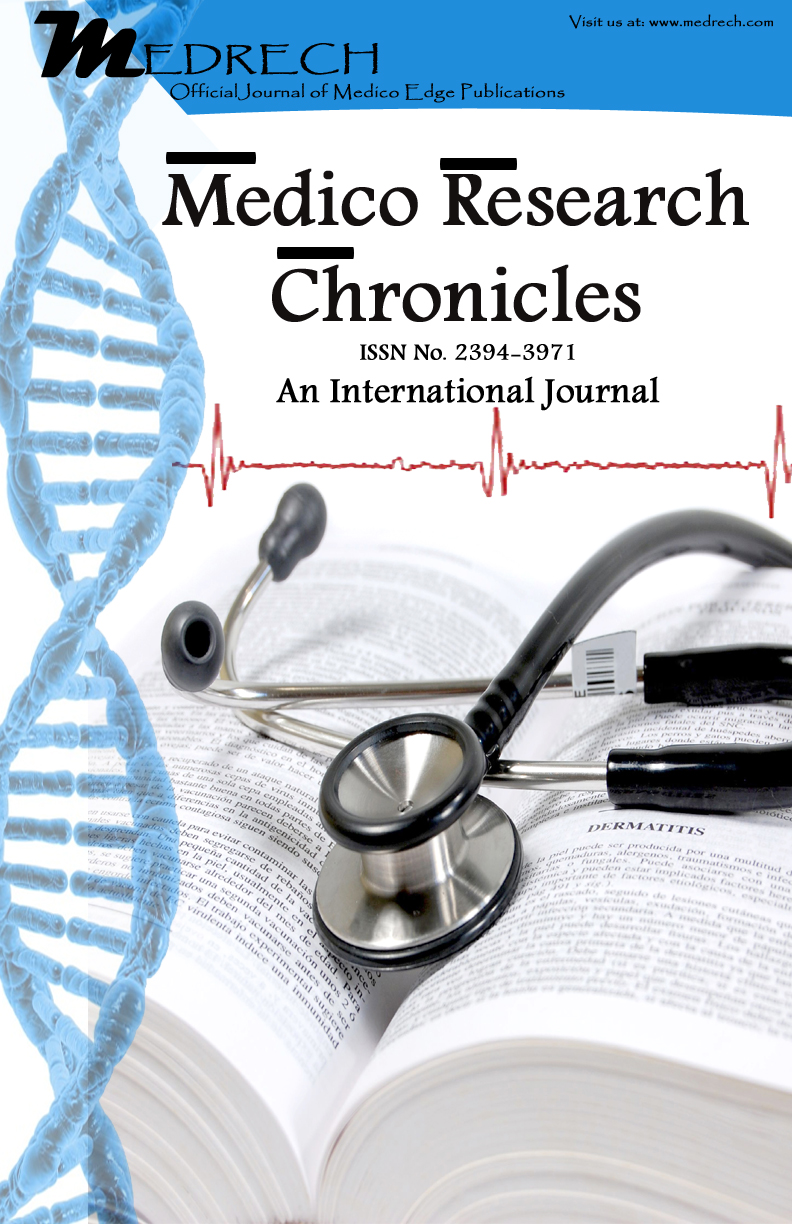Five-year spatiotemporal distribution of malaria in hotspot and Ivermectin mass-drug administration zone of Amhara Regional State, Ethiopia
Abstract
Objectives: Evaluate the Spatiotemporal distribution of malaria in the hotspot and Ivermectin mass-drug administration Zone of Amhara Regional State, Ethiopia. Study Design: A descriptive prevalence study design was used.
Methods: - A 25 study sources were incorporated in the survey. Purposive sampling techniques were utilized. Data were obtained by the standard format of systematic evaluation of four surveillance units from January to August 2020 through observation, document review, and interviewing surveillance officers and focal persons using a semi-structured Survey. The statistical analysis, tabular, and graphical output are generated using the open-source statistical program R.
Results: - Average report fullness and aptness were 97.9% and 96% respectively. The average annual malaria incidence rate was a decline in terms of place and time, from the year 2015 to 2019 with an average reduction rate of 5.5% and the average annual parasitic incidence rate was 52 (22-199). In 2019/2020, 43,131 malaria cases were reported in the zone. The study identifies no program-specific supportive supervision of public health emergency management and no routine data analysis and was not used for decision making.
Conclusion: This result revealed that the malaria incidence rate showed a remarkable decline. However, the annual parasitic incidence rate remains constant. This indicates that ivermectin did not affect malaria elimination. Hence, the districts and sub-city health offices should conduct regular surveillance data analysis, perform supportive supervision, avail budgets and further laboratory investigations should be done to investigate the effect of ivermectin on the parasites under laboratory conditions.
Downloads
References
2. The Carter Center, Atlanta, Georgia Held on March 8, 2013. 4th ANNUAL MALARIA CONTROL PROGRAM REVIEW Ethiopia and Nigeria Held on March 8, 2013, at The Carter Center, Atlanta, Georgia TABLE OF CONTENTS. (October 2013).
3. World Health Organization 2018. Malaria surveillance, monitoring & evaluation: a reference manual. 2018.
4. Ababa A. Ethiopia, malaria elimination strategic plan: 2021-2025. 2021;(August 2020):2021–5.
5. Shen M, Peng Z, Guo Y, Rong L, Li Y, Xiao Y, et al. International Journal of Infectious Diseases Assessing the effects of metropolitan-wide quarantine on the spread of COVID-19 in public space and households. Int J Infect Dis. 2020;(2019):2019–21.
6. Chaccour C, Hammann F, Rabinovich NR. Ivermectin to reduce malaria transmission I. Pharmacokinetic and pharmacodynamic considerations regarding efficacy and safety. Malar J. 2017;1–16.
7. Centers for Disease Control (CDC). Guidelines for evaluating surveillance systems. MMWR Suppl. 1988;37(5):1–18.
8. World Health Organization, 20 Avenue Appia, 1211 Geneva 27 S (tel.. +41 22 791 3264; fax: +41 22 791 4857; e-mail: bookorders@who. int. Disease surveillance for malaria control:An operational manual. 2012;
9. Joseph A, Patrick N, Lawrence N, Lilian O, Olufemi A. Evaluation of Malaria Surveillance System in Ebonyi. 2017;101–4.
10. Tesfaye S, Belyhun Y, Teklu T, Medhin G, Mengesha T, Petros B. Malaria pattern observed in the highland fringe of Butajira, Southern Ethiopia: a ten-year retrospective analysis from parasitological and metrological data. 2012;3(5):1–8.
11. Delil RK, Dileba TK, Habtu YA. The magnitude of Malaria and Factors among Febrile Cases in Low Transmission Areas of Hadiya Zone, Ethiopia: A Facility Based Cross-Sectional Study. 2016; 76:1–17.
12. Hill Z, Dumbaugh M, Benton L, Källander K, Strachan D, ten Asbroek A, et al. Training for mid-level managers (MLM) 4. Supportive supervision. Glob Health Action. 2008;7(Mlm):1–34; Module 4.
13. Institute EH and NR, Centre PHEM, 2012, FebruaryBaba A, Ethiopia, Management public HE, Ethiopia G for, et al. Public Health Emergency Management. 2012;
14. Alemu T, Gutema H, Legesse S, Nigussie T, Yenew Y, Gashe K. Evaluation of public health surveillance system performance in Dangila district, Northwest Ethiopia: a concurrent embedded mixed quantitative/qualitative facility-based cross-sectional study. 2019;1–9.
15. WHO/AF/WHE/CPI/04, 2019 WRO for A. This booklet comprises the following section of the Integrated Disease Surveillance and Response Technical Guidelines : Section 10 : Tailoring Integrated Disease Surveillance and Response (IDSR ) to Emergency or Fragile Health System contexts.



























